WASHINGTON, D.C.—Chest pain patients in the emergency department whose attending emergency physicians received lab results delivered direct to their smartphones spent about 26 minutes less waiting to be discharged than patients whose lab results were delivered to the electronic patient record on the hospital computer system. The results of a randomized, controlled trial of a quality improvement initiative were published online Tuesday in Annals of Emergency Medicine (“Push-Alert Notification of Troponin Results to Physician Smartphones Reduces the Time to Discharge Emergency Department Patients: A randomized Controlled Trial”).
“For patients waiting for lab results, 26 minutes is significant, even if the smartphone process did not shorten overall length of stay significantly,” said study author Aikta Verma, MD, MHSc, of the University of Toronto in Ontario, Canada. “For many patients, waiting for lab results that determine if they stay in the hospital or go home is the hardest part of the ER visit. Physicians who received troponin results on their smartphones made the decision to discharge their patients with chest pain a median of 26 minutes faster than physicians without troponin push-alert notifications.”
Patients who come to the emergency department with chest pain have blood drawn to test for troponin levels, which, if elevated, indicate a heart attack. In this study, the overall median interval from final troponin results to discharge decision was 79.7 minutes. For the control group (no smartphone), it was 94.3 minutes and for the intervention group (smartphone) it was 68.5 minutes. The difference of 25.8 minutes is “statistically significant.” The total emergency department length of stay was 345 minute in the control group and 328 minutes in the intervention group, which researchers did not consider statistically significant.
“Our study demonstrated reduced time to discharge decision for chest pain patients by pushing troponin results to smartphones,” said Dr. Verma. “There are many other results that could also be pushed: other critical lab results, radiology reports, vital signs, etc. For now, we recommend the use of the push-alert notification system to improve flow through the emergency department for chest pain patients.”
 American College of Emergency Physicians
American College of Emergency Physicians







